QuestionQUESTION: Something is eating my Starfish. I think it is a hermit crab but dont know. It eat 2 limps from my red sea star and two legs on one of my sand sifter also both my cleaner shrimp died / eaten. Checked my water everything was fine did i 5% water change anyway. HELP
ANSWER: Hi Mike. First of all what exactly do you have in your tank? In order for me to advise you on what could be eating your starfish I should know what else is housed in your tank. What kind of hermit crab do you have? Sometimes starfish can fall victim to bacterial infections which causes them to slowly fall apart. You would have noticed small white areas of deterioration that slowly got bigger until an entire limb or the whole starfish was infected. This is usually the result of poor nutrition, poor water quality, toxins entering your tank or predation from another inhabitant. If the cleaner shrimp simply died and you found the bodies it is most likely some form of toxin entering your tank either through the air or your water supply. Do you use tap water or reverse osmosis/ distilled water for your partial water changes? The only hermit crab I know of that is that bad of a predator is the red hairy hermit or the giant hermit crab. Most others may eat small animals that you may have but a cleaner shrimp is usually too big and too quick for the smaller species of hermit crabs. Let me know exactly what else you have in your tank and I will be better able to assist you.
---------- FOLLOW-UP ----------
QUESTION: I have a 55g reef
2 sand sifters, red seastar, 35-40 snails turbo,mosaic, had 30-40 hermit crabs most gone/eaten almost all blue legged, a couble of scarlet red, serpent sea star, leather corals, finger and toadstool, mushrooms, sailfin tang, hippo, neon damsel,2 striped damsels, nemo, lawnmower blenny, NO R O yet Regular tap i let sit with a pump for 48 hrs. I do 10% water changes weekly.
AnswerHi Again. From the sound of it I can't see any of the creatures you have in your tank eating starfish. Scarlet hermit crabs are known to eat snails and steal their shells however a cleaner shrimp and starfish is out of their league. I would suspect one of three things to be the problem either there is a problem with your water something coming in with the tap water that for some reason is effecting your starfish and not your corals, There is not a good enough food source for either of these kinds of starfish or you have a mantis shrimp lurking in your tank. Sandsifting stars are not suitable for most tanks, as they remove all edible life from the sand bed and then starve. They are often sold as scavengers however this is false. Their diet includes brittle stars, worms, snails, sea cucumbers and smaller organisms. The red sea star feeds on the same organisms that the sand sifting stars do with the exception of algae in its diet. If these nutritional needs are not met for both of these then their immune system is lowered as they slowly starve. This leaves them very susceptible to bacterial infections which can cause a deterioration starting at the tips of the limbs and slowly moving down until the starfish inevitably dies. As for the shrimps the only thing I can think of is that it is possible they were at the end of their life span. Cleaner shrimps only live for 2-3 years in captivity and if you bought them at a larger size they may have been a year or two old when you got them. The regular addition of iodine will shorten their life expectancy even further. There is always the possibility of an unexpected hitch hiker being in your tank. Mantis shrimps are notorious for picking off the inhabitants of a reef tank one by one and sometimes they only way you even know you have one is by the sudden disappearance of small shrimps and crabs at first followed by your fish! There are a few other hitchhikers that can be suspect as well like a certain species of fireworm that will also have a go at your reef tank inhabitants however this large worm is fairly easy to spot and not very common.

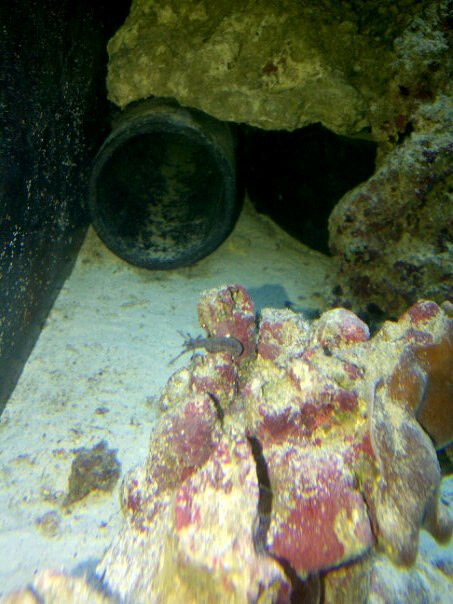 what type of worm good or bad?
Question
worm
We found a clear worm like creatur
what type of worm good or bad?
Question
worm
We found a clear worm like creatur
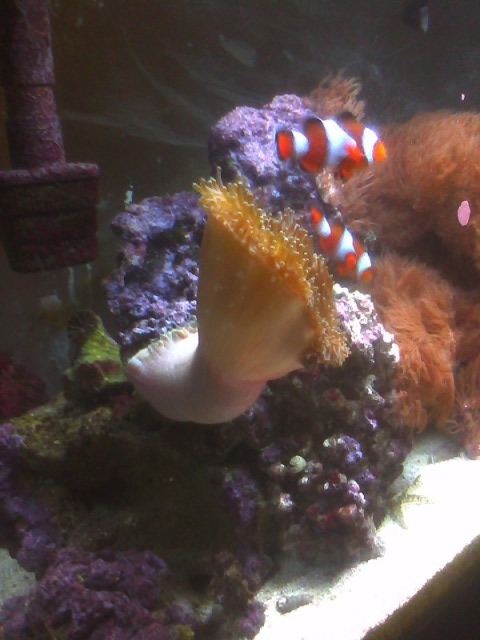 feather duster
Question
tank while fish lady t
im new at taking
feather duster
Question
tank while fish lady t
im new at taking
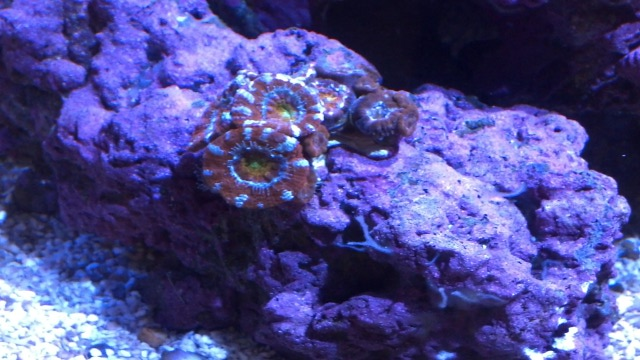 sponge/worm/?? coming out of rock and upsetting Acan
Question
Sponges??
What is this and is it harmfu
sponge/worm/?? coming out of rock and upsetting Acan
Question
Sponges??
What is this and is it harmfu
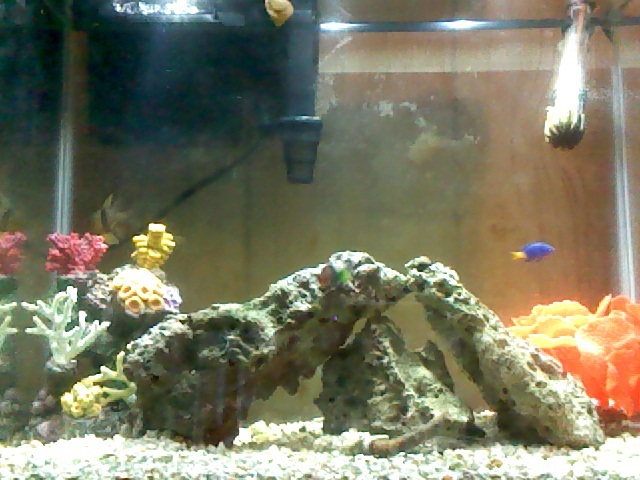 15 gallon tank
Question
my tank
hello, i have two questions. my fist q
15 gallon tank
Question
my tank
hello, i have two questions. my fist q
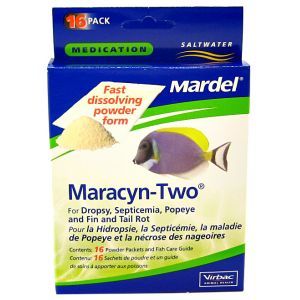 my clownfish have white nungus
Questionhi had 4 clown fish and two died they are havin
my clownfish have white nungus
Questionhi had 4 clown fish and two died they are havin